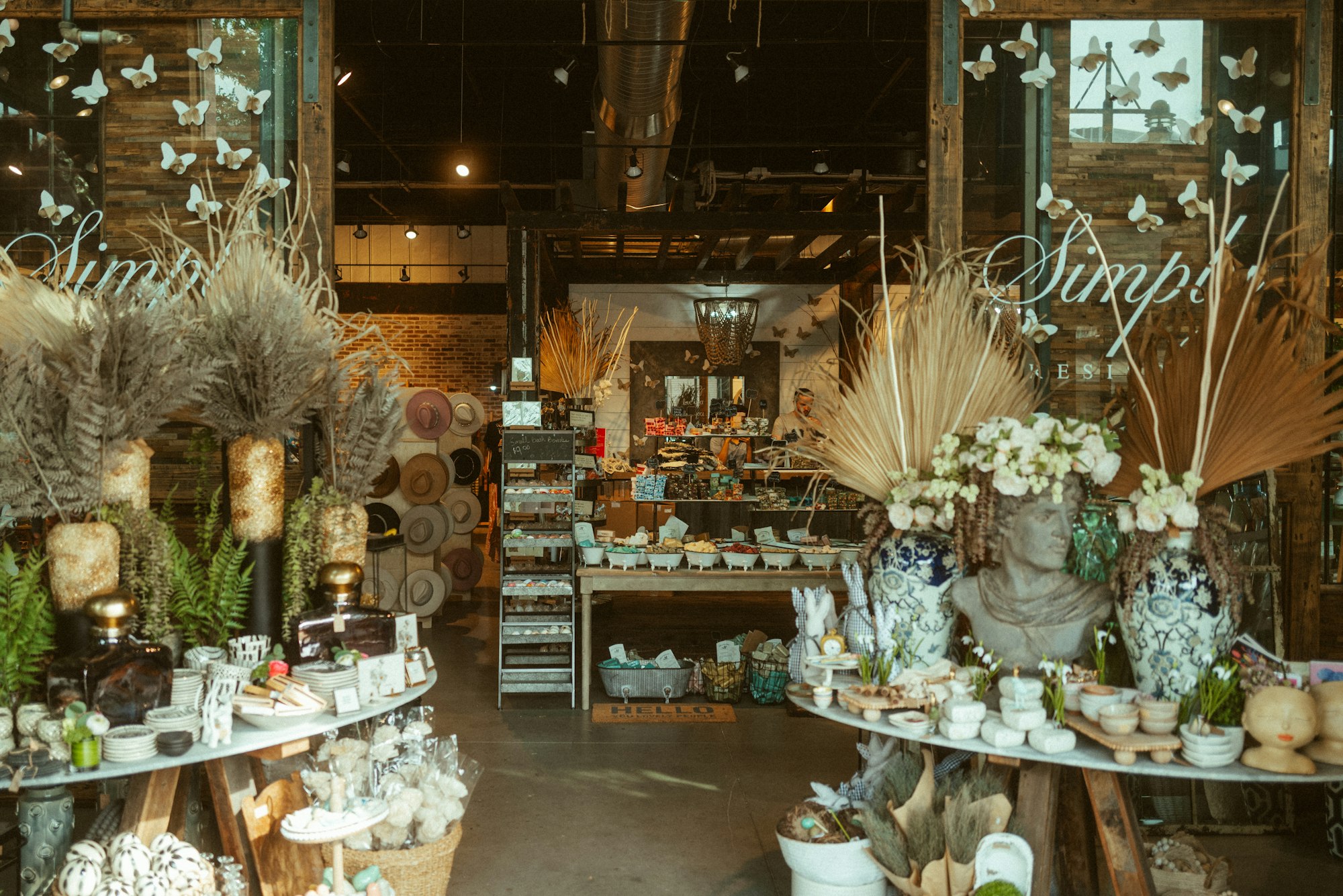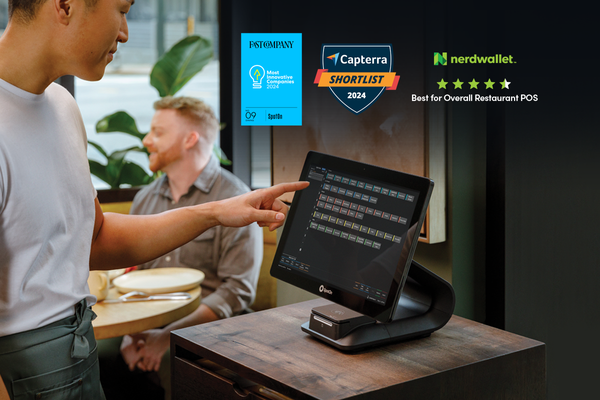In the retail world, building a loyal customer base is a must. These dedicated customers are more than just regular shoppers. They are the secret ingredient that can help you boost profits. How? A 5% increase in customer retention can increase company revenue by 25-95%. Retained customers buy more often and spend more than newer customers. Finally, satisfied, loyal customers are more likely to sing a company's praises and refer their friends and family — becoming your most valuable marketing tool, effortlessly attracting new customers to your business.
In today's competitive market, retailers are experiencing pressure to improve customer loyalty. Studies have shown that inflation has affected consumer purchasing habits, leading to retailers losing customers to rivals or customers not shopping at all. To build a stronger relationship with your current customers, it's important to understand what motivates them to remain loyal to your brand. Morning Consult conducted a study to identify the key factors that drive retail loyalty, and here are some of the findings that can help your retail business.
Customers are driven by emotional connections like self-esteem & and having fun while shopping
According to the study, first-choice and favorite-brand status are regularly driven by a deep emotional connection that contributes to the customers' self-esteem and an enjoyable shopping experience. In other words, situations that are related to emotional states that convey, "I feel good about myself when wearing/using products." While it's not something you can entirely have control over, you can ensure that your products or services meet customer expectations. Meeting customer expectations and ensuring that your product or service is available are fundamental aspects of building and maintaining customer loyalty. Customers expect the products or services they want to be in stock or available while also meeting their quality standards. When you take care of these basic expectations, you not only prevent disappointment but also reinforce your brand's reliability, which is essential in building customer loyalty and retaining it.
On the other hand, you have complete control of the shopping experience. Having an enjoyable customer experience is a powerful driver of loyalty because it also taps into the emotional aspect of the customer-brand relationship. When your customers find shopping enjoyable, it goes beyond the mere act of shopping. It becomes an experience they look forward to.
This positive emotional connection can help create lasting memories and emotional attachments to your brand. Also, they are more likely to return to a store that consistently provides an enjoyable customer experience because it adds value beyond the products themselves. From friendly and efficient service and a welcoming and aesthetically pleasing store environment to a streamlined online shopping process and engaging interactions, you invest in an overall positive and pleasurable experience, fostering a deep sense of customer loyalty.

Loyalty drivers are important for both transactional and attitudinal loyalty
While the emotional connection is essential, as proven before, the study also highlights that loyalty drivers are important for both transactional and attitudinal loyalty because they cater to different aspects of the customer-brand relationship, ultimately contributing to a well-rounded and robust form of customer loyalty. Here's what this means:
What is transactional loyalty?
Transactional loyalty is primarily driven by customers' actual purchasing behavior. Loyalty drivers for transactional loyalty are focused on influencing customers to choose a brand as their first choice for making purchases. For example, some brands use algorithms to suggest complementary items to customers based on their previous purchases, while others offer free shipping or attractive customer loyalty programs. All of these attributes can boost transactional loyalty as customers are more likely to make additional purchases driven by these factors. However, they might not be enough for some customers.
What is attitudinal loyalty?
We talked about attitudinal loyalty in the previous insight. It's about the emotional connection customers have with a brand. It goes beyond mere transactions and delves into customers' feelings, perceptions, and beliefs. Loyalty drivers for attitudinal loyalty focus on creating a positive emotional bond between the customer and the brand, often leading to a deeper, more enduring form of customer loyalty.
So, while transactional loyalty drives immediate sales and repeat purchases, attitudinal loyalty creates a lasting, emotional connection between the customer and the brand. Both are crucial for a brand's success. Transactional loyalty provides you with steady revenue, while attitudinal loyalty can turn customers into loyal advocates, driving word-of-mouth referrals and long-term customer retention. By addressing both types of loyalty, you can create a balanced and sustainable customer loyalty strategy.
Some drivers can be differentiators when they're prioritized
Another important factor the study highlights is that while specific attributes tested were highly ranked for one brand but had a moderate or low impact on all the other brands included in the survey, it's not automatically bad. It just means that that brand made those attributes a consistent part of its marketing efforts. What does this mean? They offer a unique product or service, take an attribute like their customer loyalty program, make it a priority, and then invest in it across customer communications. This, done effectively, can be a real differentiator and lead to customer satisfaction.
Using multiple metrics will help you connect with a bigger customer base
Another thing to keep in mind is that you shouldn't rely on a singular measure to evaluate your customer loyalty effectively. According to the study, behavioral and attitudinal loyalty metrics can often change and offer specific insights into certain brands. While some retail brands thrive with the usual buying patterns, others might explore emotional connections. A thorough understanding of customer loyalty requires both aspects.
The best way to keep up is by using multiple customer data sources and metrics, like data you collect through your website, marketing efforts, customer loyalty programs, and even from your retail point-of-sale system, to tailor strategies, refine your marketing efforts, and improve the overall customer experience. This approach will help connect with your diverse customer base and foster long-term loyalty.
Customers today have a whole world of choices, and their preferences shift rapidly. Gathering and analyzing data on buying habits, product choices, and shopping behaviors can help you tailor your offerings and allow you to develop personalized marketing and customer experiences. With the rise of ecommerce and data-driven strategies, you must stay updated to your customer preferences to remain competitive. Think of your relationship with your customers as a collaborative relationship—the better you understand where your customers are coming from, the better you can meet their needs and foster brand loyalty, ultimately driving sustained success.











